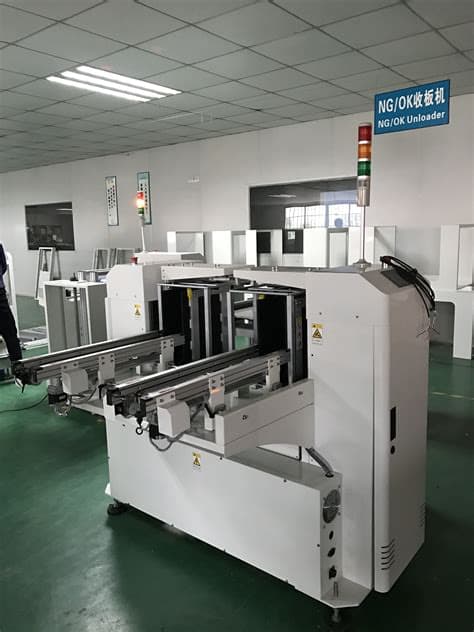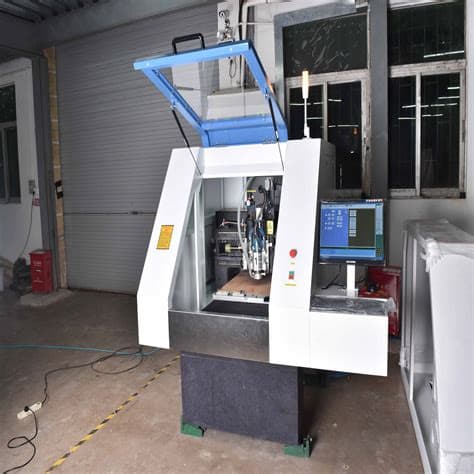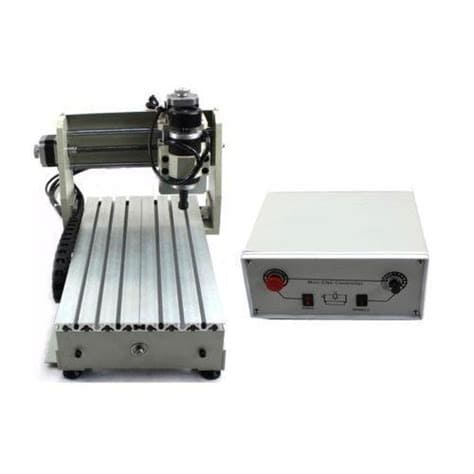What is PCB Router Software?
PCB router software is a specialized computer-aided design (CAD) tool used in the design and layout of printed circuit boards (PCBs). It automates the process of routing traces between components on a PCB, ensuring optimal signal integrity, minimizing signal interference, and adhering to design rules and constraints. PCB router software is an essential tool for electronics designers and engineers, streamlining the PCB design process and reducing the time and effort required to create high-quality PCBs.
Key Features of PCB Router Software
-
Automated Routing: PCB router software uses advanced algorithms to automatically route traces between components, minimizing the need for manual routing and saving significant time and effort.
-
Design Rule Checking (DRC): The software ensures that the PCB layout adheres to predefined design rules, such as minimum trace width, spacing between traces, and hole sizes, to avoid manufacturing issues and ensure the PCB’s reliability.
-
Constraint Management: PCB router software allows designers to specify and manage various constraints, such as signal integrity, EMI/EMC requirements, and thermal considerations, ensuring the PCB meets performance and regulatory requirements.
-
Multi-Layer Support: Advanced PCB router software can handle complex, multi-layer PCB designs, allowing designers to route traces on multiple layers and optimize the use of available space.
-
Integration with Other Tools: PCB router software often integrates with other electronic design automation (EDA) tools, such as schematic capture and simulation software, enabling a seamless design flow and reducing the risk of errors.
The Benefits of Using PCB Router Software
Increased Efficiency and Productivity
One of the primary benefits of using PCB router software is the significant increase in efficiency and productivity it offers. By automating the routing process, designers can save hours, or even days, of manual work, allowing them to focus on other critical aspects of the design, such as component selection and placement.
Improved Design Quality
PCB router software helps improve the overall quality of PCB designs by ensuring adherence to design rules and constraints. The software’s built-in design rule checking (DRC) capabilities catch potential issues early in the design process, reducing the likelihood of costly redesigns and manufacturing delays.
Enhanced Collaboration and Communication
Many PCB router software packages include collaboration features that allow team members to work on the same design simultaneously, regardless of their location. This enables better communication and coordination among team members, leading to faster design iterations and improved overall project management.
Cost Savings
By streamlining the PCB design process and reducing the time and effort required to create high-quality PCBs, PCB router software can help companies save money on design and manufacturing costs. Additionally, the improved design quality and reduced risk of errors can lead to fewer prototype iterations and lower scrap rates, further contributing to cost savings.

Choosing the Right PCB Router Software
When selecting PCB router software, there are several factors to consider to ensure the best fit for your specific needs and requirements.
Compatibility with Existing Tools and Workflows
It is essential to choose PCB router software that integrates seamlessly with your existing EDA tools and design workflows. This ensures a smooth transition and minimizes the learning curve for your design team.
Supported Features and Capabilities
Consider the features and capabilities offered by different PCB router software packages, and ensure they align with your design requirements. Some key features to look for include automated routing, design rule checking, constraint management, and multi-layer support.
Ease of Use and Learning Curve
Evaluate the user interface and overall ease of use of the PCB router software. A well-designed, intuitive interface can significantly reduce the learning curve and help your team become productive quickly.
Cost and Licensing Options
PCB router software packages come with various pricing and licensing options, ranging from one-time purchases to subscription-based models. Consider your budget and the long-term costs associated with each option to determine the best fit for your organization.

Top PCB Router Software Options
There are several well-established PCB router software packages available on the market, each with its unique features and capabilities. Some of the top options include:
-
Altium Designer: A comprehensive PCB design package that offers advanced routing capabilities, including interactive and automatic routing, along with a wide range of other features for schematic capture, simulation, and manufacturing preparation.
-
Cadence Allegro PCB Designer: A powerful PCB design solution that provides advanced routing features, including constraint-driven and high-speed routing, as well as support for complex, multi-layer PCB designs.
-
Mentor Graphics PADS: A PCB design platform that offers a range of tools for layout, routing, and analysis, with a focus on ease of use and affordability for small to medium-sized businesses.
-
Zuken CR-8000: A high-end PCB design solution that offers advanced routing capabilities, including multi-layer and high-speed routing, along with support for 3D design and advanced packaging technologies.
| Software | Key Features | Pricing Model |
|---|---|---|
| Altium Designer | Advanced routing, schematic capture, simulation | Subscription |
| Cadence Allegro PCB Designer | Constraint-driven routing, multi-layer support | Perpetual license |
| Mentor Graphics PADS | Easy to use, affordable for small to medium-sized businesses | Perpetual license |
| Zuken CR-8000 | Multi-layer and high-speed routing, 3D design support | Subscription |

Implementing PCB Router Software in Your Design Workflow
To successfully implement PCB router software in your design workflow, consider the following best practices:
-
Provide adequate training and support for your design team to ensure they can effectively use the software and take full advantage of its features and capabilities.
-
Establish clear design guidelines and constraints to maintain consistency and ensure the software’s automated routing features produce the desired results.
-
Regularly review and update your design processes to optimize the use of PCB router software and identify areas for further improvement.
-
Foster a culture of collaboration and communication within your design team to leverage the software’s collaboration features and ensure smooth project execution.
The Future of PCB Router Software
As PCB designs continue to increase in complexity and density, the role of PCB router software in the design process will only become more critical. Future developments in PCB router software are likely to focus on several key areas:
-
Artificial Intelligence (AI) and Machine Learning (ML): The integration of AI and ML technologies into PCB router software will enable more intelligent and adaptive routing algorithms, further automating the design process and improving overall design quality.
-
Cloud-Based Solutions: The adoption of cloud-based PCB router software will continue to grow, offering designers greater flexibility, scalability, and collaboration capabilities.
-
Integration with Additive Manufacturing: As additive manufacturing technologies for PCBs advance, PCB router software will need to evolve to support the unique design requirements and constraints associated with these new manufacturing methods.
Frequently Asked Questions (FAQ)
- What is the difference between manual and automatic routing in PCB router software?
-
Manual routing involves the designer manually placing and connecting traces between components, while automatic routing uses algorithms to automatically generate trace paths based on predefined design rules and constraints.
-
Can PCB router software handle high-speed design requirements?
-
Yes, many modern PCB router software packages offer advanced features and capabilities specifically designed to address the challenges of high-speed PCB design, such as impedance matching, length matching, and signal integrity analysis.
-
Is it necessary to use PCB router software for simple PCB designs?
-
While it may be possible to manually route simple PCB designs, using PCB router software can still offer significant benefits in terms of efficiency, accuracy, and adherence to design rules, making it a valuable tool even for basic designs.
-
How does PCB router software integrate with other EDA tools?
-
PCB router software often integrates with other EDA tools through industry-standard file formats, such as Gerber files for manufacturing and IPC-2581 for design data exchange, enabling a seamless design flow across different tools and platforms.
-
What support and resources are available for learning and using PCB router software?
- Most PCB router software vendors offer a range of support and learning resources, including online documentation, video tutorials, webinars, and user forums, to help designers get up to speed quickly and effectively use the software. Additionally, many vendors provide training courses and certification programs for more in-depth learning and skill development.
In conclusion, PCB router software is an essential tool for streamlining the PCB design process, improving design quality, and reducing time to market. By carefully evaluating your specific needs and requirements, and selecting the right PCB router software package for your organization, you can unlock significant benefits in terms of efficiency, productivity, and cost savings, while staying ahead of the curve in an increasingly competitive and dynamic industry.

No responses yet